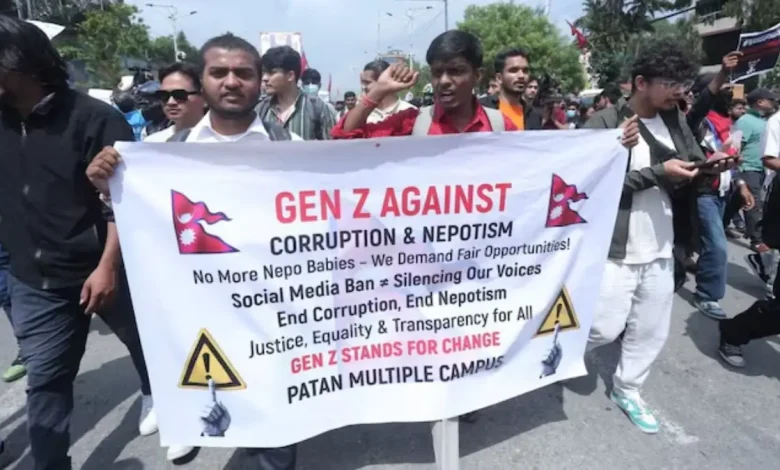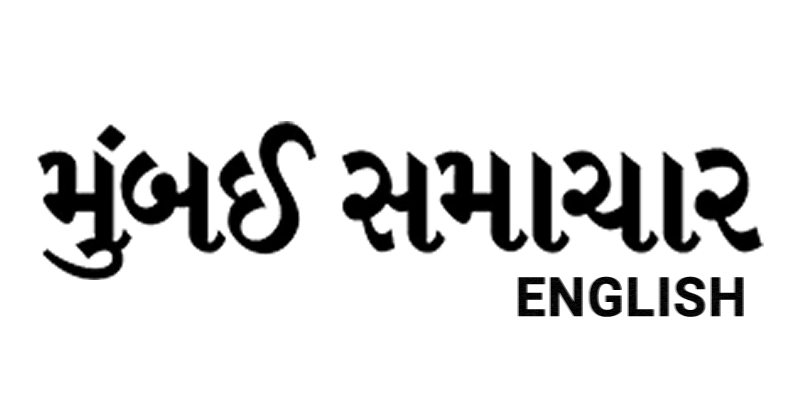Nepal Restores Social Media Access After Deadly Gen Z Protests

Kathmandu, Nepal – The Nepalese government has lifted its ban on 26 social media platforms following violent protests that left 19 dead and over 300 injured, prompting the resignation of Home Minister Ramesh Lekhak. The decision to reverse the blackout came after widespread unrest, primarily led by young demonstrators, who took to the streets to oppose the restrictions and voice concerns over corruption and economic inequality.
The protests, described as the most significant single-day demonstrations in Nepal’s recent history, erupted after the government blocked platforms like Facebook, WhatsApp, Instagram, and WeChat on Thursday, citing their failure to register under new regulations. On Monday, thousands of youths, many wearing school or college uniforms, gathered in Kathmandu, waving national flags and chanting slogans such as “Shut down corruption, not social media.” Clashes with police intensified when some protesters breached the parliament complex, leading to the use of water cannons, tear gas, and live rounds, according to eyewitnesses cited by PTI.
The violence, which spread to cities like Pokhara, Butwal, and Itahari, resulted in 17 deaths in Kathmandu and two in Sunsari district, as reported by Nepal police spokesperson Binod Ghimire. Curfews were imposed in multiple areas, including Kathmandu and Lalitpur, to curb the unrest. The India-Nepal border was placed on high alert, with the Sashastra Seema Bal monitoring developments to prevent spillover, ANI reported.
Communication Minister Prithvi Subba Gurung announced the rollback after an emergency cabinet meeting, directing agencies to restore access to the platforms. However, opposition parties, including the Rastriya Prajatantra Party and Rastriya Swatantra Party, criticized the government’s handling of the protests, calling the police response a “massacre” and vowing to continue demonstrations for accountability. Swati Thapa of the Rastriya Prajatantra Party told that lifting the ban was insufficient without addressing the underlying issues of state violence and governance.
The protests reflect growing frustration among Nepal’s youth over perceived corruption and economic disparities, fueling demands for systemic change.
